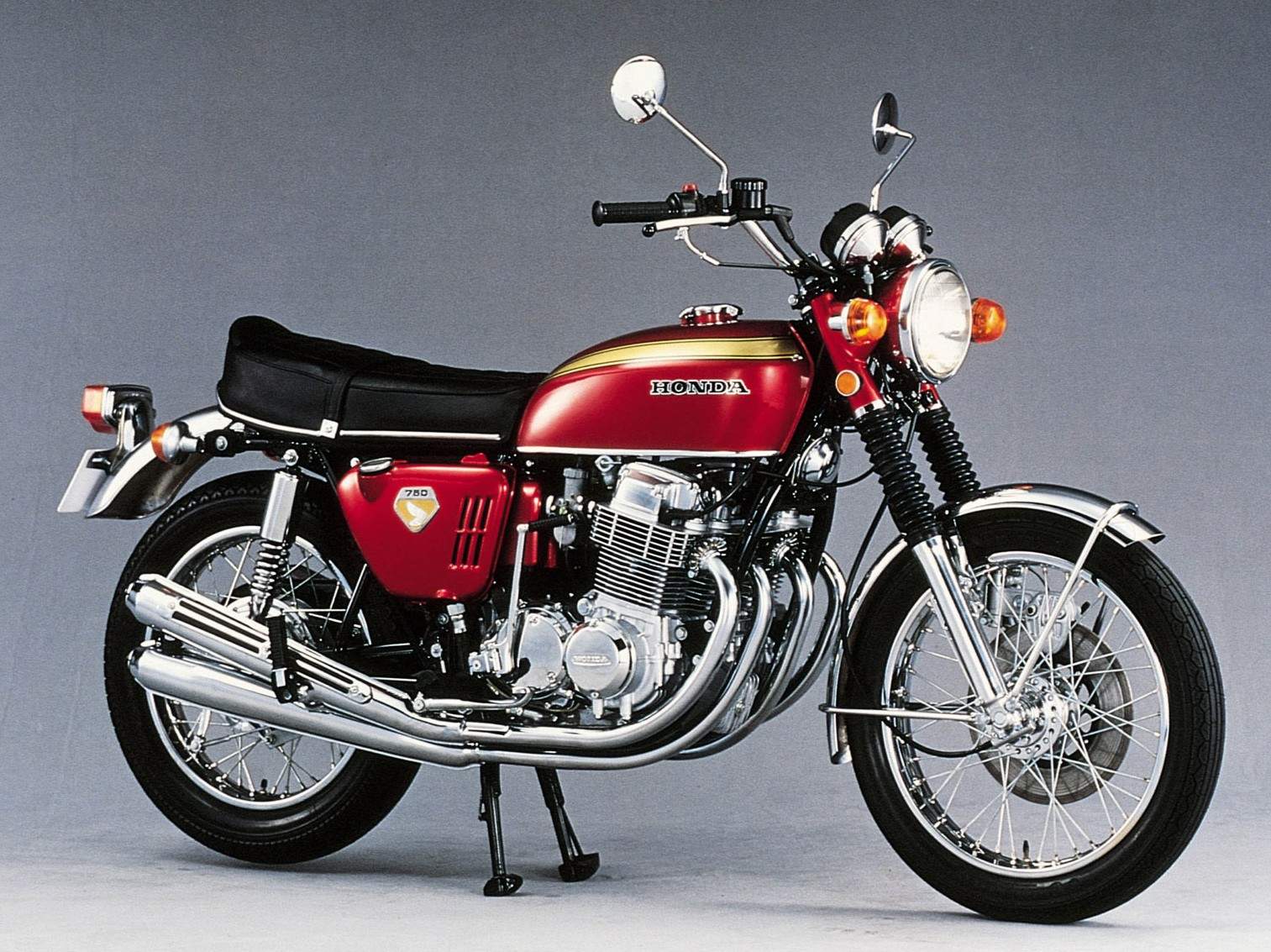The Honda CB 750: An Ideal Classic Bike for Collecting
When it comes to collecting classic motorcycles, there is really no shortage of options out there. You can get as crazy as you like. However, the Honda CB 750 might be an ideal option for those just starting their bike collection, as well as those who want a classic motorcycle that rides like something from the modern age. In fact, the CB 750, despite first debuting in 1969, actually remained in production under various names all the way through 2007.
The Original CB 750
In 1969, Honda was finally convinced that a larger motorcycle would sell well in both UK and US markets. While the company had a long history of manufacturing smaller motorcycles, this would be something new – the CB 750, dubbed the Honda Dream CB 750 Four, was the first of what would become a very long line of popular motorcycles.
The original CB 750 featured a single overhead cam 736 cc straight four, air-cooled engine. It managed to top out at 125 miles per hour, and the body style has since become iconic of the era. The wide, flat seat was comfortable enough for long runs, and provided ample seating for two people without the rear seat backs that have become so ubiquitous in modern bike design. It also featured disc brakes in the front and rear, something most other motorcycles didn’t have.
The CB 750 was so well received that Cycle magazine called it, “the most sophisticated production bike ever,” and the term superbike was actually coined to describe it. There were plenty of other features that made the 750 such a popular bike, including:
- A kill switch
- An electric starter
- Low vibration operation at all speeds
- Low-maintenance valves (later changed to maintenance-free valves)
- Dual mirrors
- Flashing turn signals
The original SOHC engine stayed in production with Honda for a full decade, with a total of more than 400,000 sold. Of course, Honda changed things up throughout that decade, with slightly revised models coming to market roughly every year to every two years. While the manufacturer changed things like the flatness of the handle bars, the width of the seat and other niceties, they didn’t change the engine much, which was the key to their success.
In 1979, Honda finally changed that power plant, introducing a dual overhead cam model. This would remain the engine for all subsequent SB 750s from 1979 all the way through 2007, when the final 750 rolled off the assembly line (the final year model was actually only available in Japan). The DOHC engine offered 748 cc with four valves per cylinder mated to a 5-speed gearbox.
The Honda CB 750 was so incredibly popular in both the UK and the US that there are many examples still plying the roadways as daily drivers. The wide availability of models in good condition, as well as a good supply of replacement parts and upgrade kits make this a prime option for those interested in getting started with classic bike collecting.
Source:
http://www.jsae.or.jp/autotech/data_e/4-16e.html
http://www.telegraph.co.uk/motoring/motorbikes/10060496/Classic-Honda-CB750-F1.html
http://www.realclassic.co.uk/hon03112800.html
Image: http://www.motorcyclespecs.co.za/Gallery/Honda%20CB750K%2069%20%203.jpg




